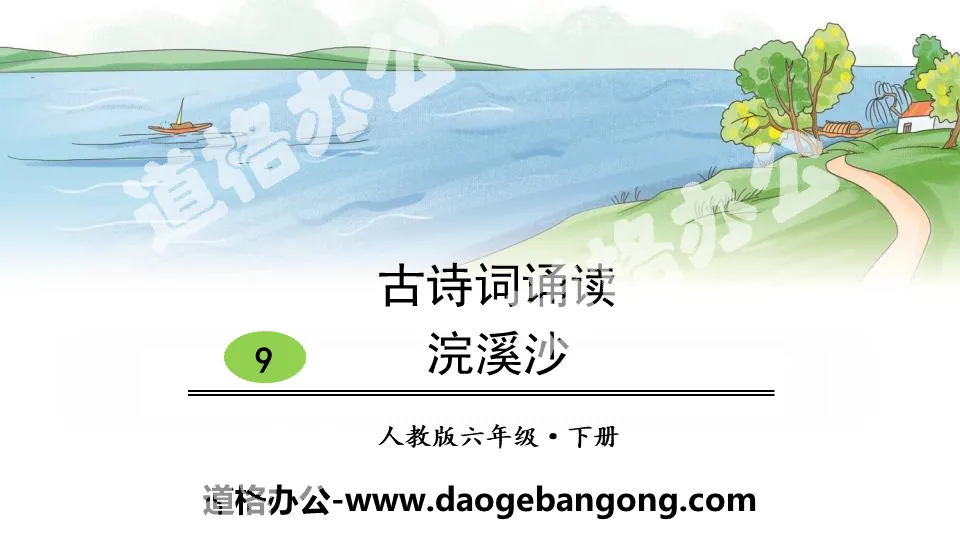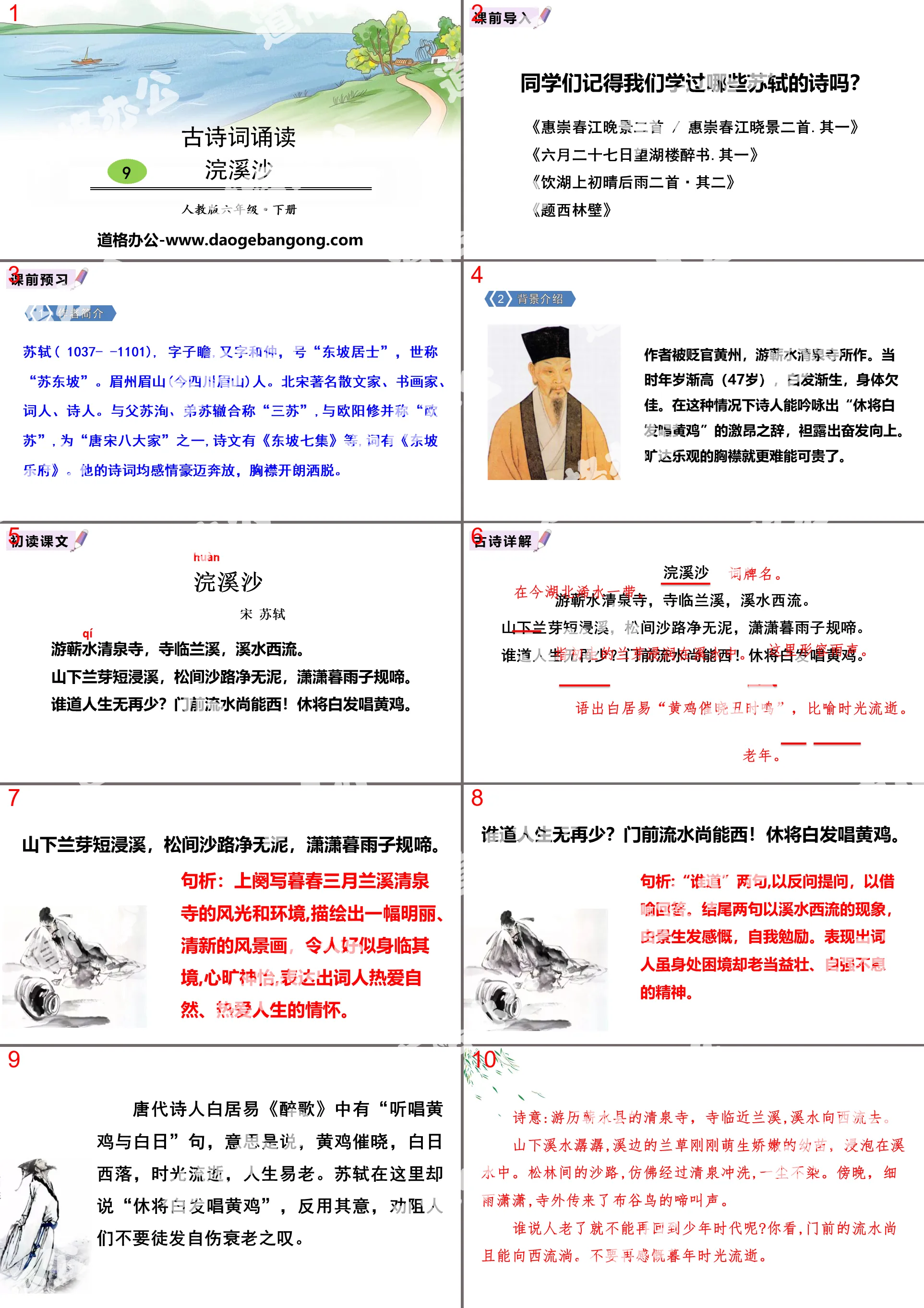The second volume of first-grade Chinese compiled by the People's Education Publishing House
The second volume of fifth-grade Chinese compiled by the People's Education Publishing House
The first volume of Chinese language for eighth grade compiled by the People's Education Publishing House
The first volume of first-grade Chinese compiled by the People's Education Publishing House
The first volume of ninth-grade Chinese compiled by the People's Education Publishing House
The first volume of fourth-grade Chinese compiled by the People's Education Publishing House
The first volume of Chinese language for sixth grade compiled by the People's Education Publishing House
The second volume of Chinese language for eighth grade compiled by the People's Education Publishing House
The first volume of Chinese language for fifth grade compiled by the People's Education Publishing House
The first volume of second-grade Chinese compiled by the People's Education Publishing House
Hunan Education Edition Third Grade Chinese Language Volume 1
The second volume of fourth-grade Chinese compiled by the People's Education Publishing House
The second volume of second-grade Chinese compiled by the People's Education Publishing House
The first volume of third-grade Chinese compiled by the People's Education Publishing House
The second volume of Chinese language for sixth grade compiled by the People's Education Publishing House
The second volume of seventh-grade Chinese compiled by the People's Education Publishing House

| Category | Format | Size |
|---|---|---|
| People's Education Press Sixth Grade Chinese Language Volume 2 | pptx | 6 MB |
Description
"Huanxisha" ancient poem reading PPT
Part One: Introduction before class
Do students remember which Su Shi poems we have learned?
"Two Late Scenes on the Spring River by Hui Chong/Two Poems on the Dawn Scene on the Spring River by Hui Chong. One"
"Drunken Book at Wanghu Tower on June 27th. Part 1"
"Drinking on the Lake, First Sunny and Later Rain, Two Poems·Part 2"
"Inscription on the West Forest Wall"
Huanxisha PPT, Part 2: Preview before class
About the Author
Su Shi (1037-1101), also known as Zizhan and Hezhong, was also known as "Dongpo Jushi" and "Su Dongpo" in the world. A native of Meishan, Meizhou (now Meishan, Sichuan). Famous essayist, calligrapher, painter, lyricist and poet in the Northern Song Dynasty. Together with his father Su Xun and his younger brother Su Zhe, they are collectively known as "Three Su", and together with Ouyang Xiu, they are also known as "Ou Su". They are one of the "Eight Great Masters of the Tang and Song Dynasties". Their poems and essays include "Seven Collections of Dongpo", etc., and the lyrics include "Dongpo". Yuefu". His poems are all bold and unrestrained in emotion, open-minded and free-spirited.
Background introduction
The author was demoted to Huangzhou and visited Qingquan Temple in Qishui. At that time, I was getting older (47 years old), my hair was graying, and I was in poor health. In this case, the poet can chant the passionate words "Don't sing about yellow chickens with gray hair", showing his hard work and improvement. A broad-minded and optimistic mind is even more valuable.
Huanxisha PPT, the third part: first reading text
Huanxisha
Song Su Shi
Visit Qishui Qingquan Temple. The temple is adjacent to Lanxi River, which flows to the west.
At the foot of the mountain, the orchid buds are soaked in the stream, the sandy road among the pines is clean and mudless, and the raindrops are crying at dusk.
Who said there is no less in life? The water flowing in front of the door can still flow to the west! Stop singing yellow chicken with white hair.
Huanxisha PPT, the fourth part: detailed explanation of ancient poems
At the foot of the mountain, the orchid buds are soaked in the stream, the sandy road among the pines is clean and mudless, and the raindrops are crying at dusk.
Sentence analysis: The upper column describes the scenery and environment of Lanxi Qingquan Temple in late spring in March, depicting a bright and fresh landscape painting, which makes people feel as if they are immersed in the scene, relaxed and happy, and expresses the poet's love for nature and love for life.
Who said there is no less in life? The water flowing in front of the door can still flow to the west! Stop singing yellow chicken with white hair.
Sentence analysis: The two sentences "Who knows" use rhetorical questions to ask questions and use metaphors to answer. The last two sentences use the phenomenon of streams flowing westward, expressing emotion and self-encouragement from the scene. It shows the poet's spirit of staying strong and constantly striving for self-improvement despite being in a difficult situation.
There is a sentence in "Drunken Song" by Bai Juyi, a poet of the Tang Dynasty, "Listening to the Yellow Rooster and the White Sun", which means that the yellow rooster urges the dawn, the sun sets in the west, time passes, and life is easy to grow old. Here, Su Shi said, "Don't sing about yellow chickens with gray hair." On the contrary, he meant to dissuade people from complaining about aging.
Poetic: Visit Qingquan Temple in Qishui County. The temple is close to Lanxi River, which flows to the west.
The stream at the foot of the mountain is gurgling, and the orchid grass beside the stream has just sprouted delicate seedlings, soaking in the stream. The sandy road among the pine forests seems to have been washed by a clear spring and is spotless. In the evening, it was drizzling, and the cuckoo's call came from outside the temple.
Who says that people can't go back to their youth when they get old? Look, the water in front of the door can still flow to the west. Stop lamenting the passage of time in your twilight years.
Appreciation: This poem is written from the scenery of mountains and rivers, but its main purpose is to explore the philosophy of life, conveying the author's love for life and broad-minded and optimistic attitude towards life. The whole poem is like a high-spirited symphony of life, a manifesto of an old man with ambitions for thousands of miles, which reveals the author's call for youthful vitality, yearning and pursuit of the future. Reading it is inspiring and self-improvement.
Huanxisha PPT, Part 5: Insights into the theme
This poem describes the elegant scenery and environment of Qingquan Temple. The poet uses the scenery to express his feelings, reflecting his unwillingness to accept old age, his persistence in life, and his broad-minded and optimistic temperament.
Keywords: Free download of PPT courseware for the second volume of Chinese language for sixth graders published by Ministry of Education, Huanxisha PPT download, ancient poetry recitation PPT download, .PPT format;
For more information about the PPT courseware "Reciting Ancient Poems and Reciting Huanxisha", please click the Reciting Ancient Poems ppt Huanxisha ppt tag.
"Qing Ping Le" ancient poem reading PPT:
"Qing Ping Le" Ancient Poetry Recitation PPT Part One Content: Pre-class Introduction Huang Tingjian's Filial Piety Huang Tingjian's life was based on filial piety and loyalty to friends, describing family and friendship, and attaching great importance to affection and friendship. A large part of his poems and poems have been reflected, especially...
"Bu Shuzi Sends Bao Haoran to East Zhejiang" Ancient Poetry Recitation PPT:
"Bu Suanzi Farewell to Bao Haoran in East Zhejiang" Ancient Poetry Recitation PPT Part One Content: Pre-class Introduction What poems do you know about farewell? "To Wang Lun" Li Bai of the Tang Dynasty Li Bai was about to leave in a boat when he suddenly heard singing on the shore. The water in Peach Blossom Pond is a thousand feet deep, not as deep as Wang Lun's love for me...
"A Visit to the Garden Is Not Worth It" ancient poem reading PPT:
"A Visit to the Garden Is Not Worth It" Ancient Poetry Recitation PPT Part One Content: Pre-class Introduction Joking about the story of Su Shi and Ye Shaoweng One day in spring, Ye Shaoweng got drunk. He staggered along the stone road and was singing his own poem when he bumped into the wood door. this..
File Info
Update Time: 2024-11-22
This template belongs to Chinese courseware People's Education Press Sixth Grade Chinese Language Volume 2 industry PPT template
"Huanxisha" ancient poem reading PPT Simple campus recruitment activity planning plan summary enterprise and institution recruitment publicity lecture PPT template is a general PPT template for business post competition provided by the manuscript PPT, simple campus recruitment activity planning plan summary enterprise and institution recruitment promotion Lecture PPT template, you can edit and modify the text and pictures in the source file by downloading the source file. If you want more exquisite business PPT templates, you can come to grid resource. Doug resource PPT, massive PPT template slide material download, we only make high-quality PPT templates!
Tips: If you open the template and feel that it is not suitable for all your needs, you can search for related content "Huanxisha" ancient poem reading PPT is enough.
How to use the Windows system template
Directly decompress the file and use it with office or wps
How to use the Mac system template
Directly decompress the file and use it Office or wps can be used
Related reading
For more detailed PPT-related tutorials and font tutorials, you can view: Click to see
How to create a high-quality technological sense PPT? 4 ways to share the bottom of the box
Notice
Do not download in WeChat, Zhihu, QQ, built-in browsers, please use mobile browsers to download! If you are a mobile phone user, please download it on your computer!
1. The manuscript PPT is only for study and reference, please delete it 24 hours after downloading.
2. If the resource involves your legitimate rights and interests, delete it immediately.
3. Contact information: service@daogebangong.com
"Huanxisha" ancient poem reading PPT, due to usage restrictions, it is only for personal study and reference use. For commercial use, please go to the relevant official website for authorization.
(Personal non-commercial use refers to the use of this font to complete the display of personal works, including but not limited to the design of personal papers, resumes, etc.)
Preview










